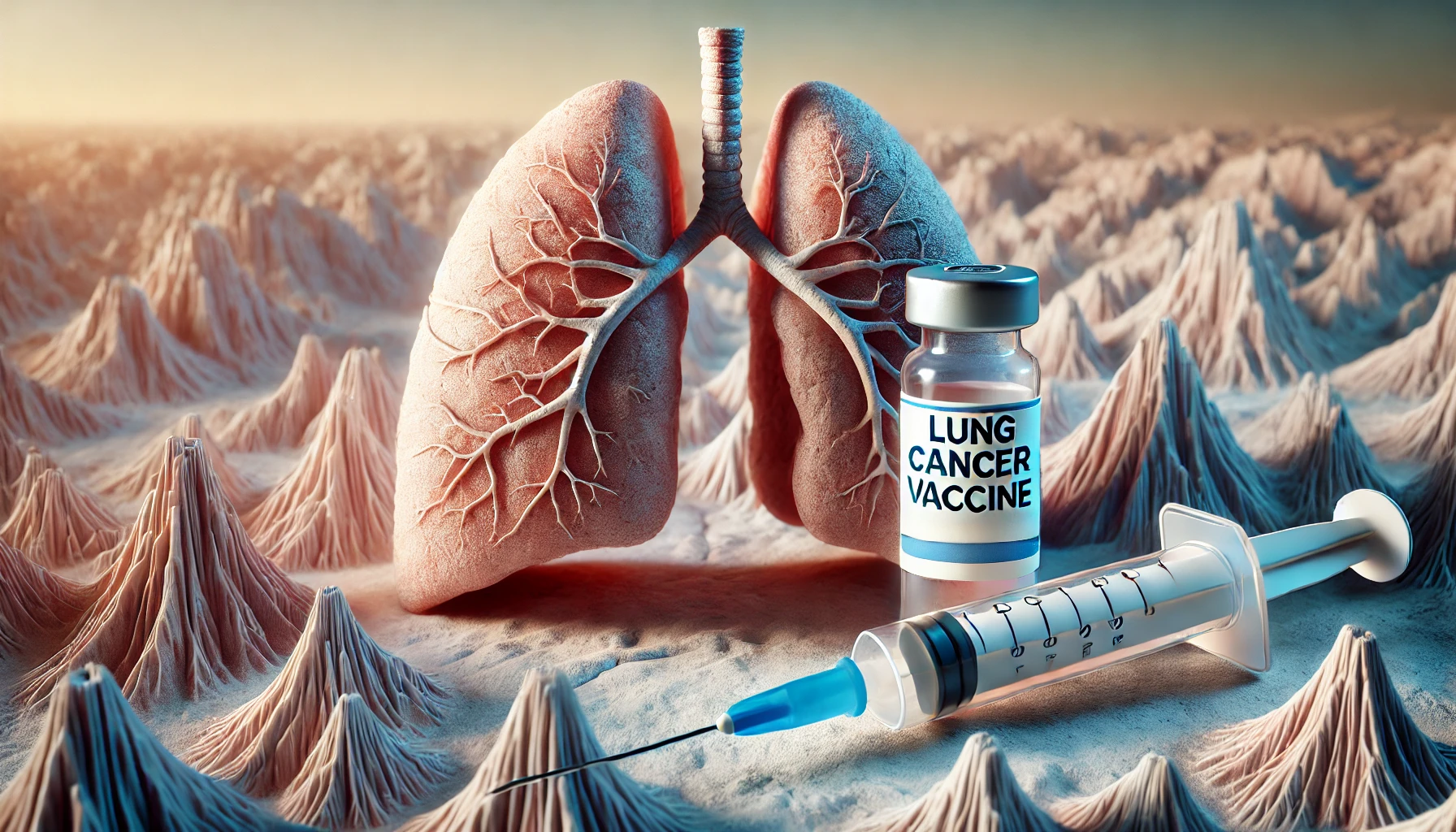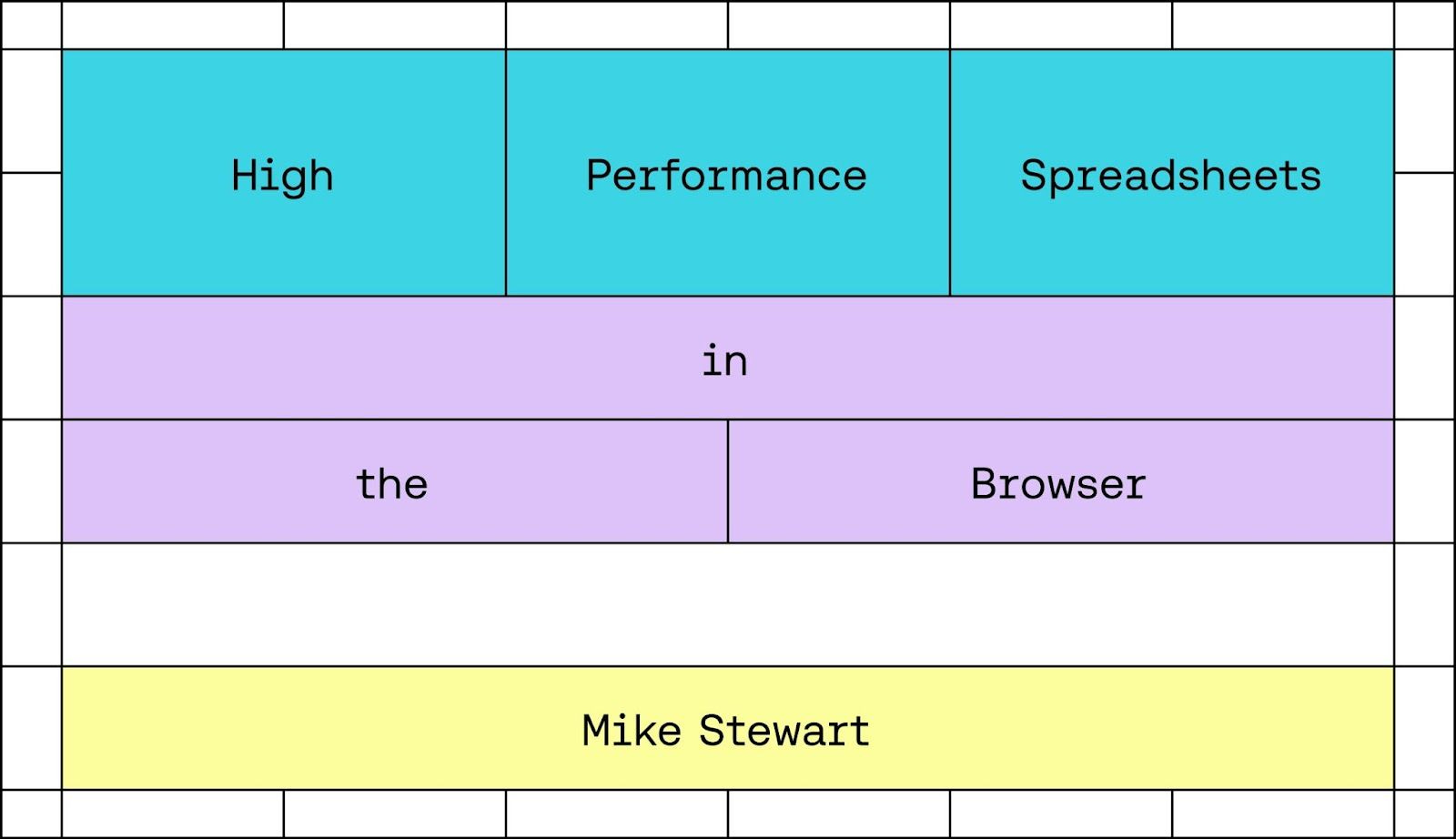Lung cancer remains one of the most challenging types of cancer to treat, with high mortality rates worldwide. Traditional treatment methods, such as surgery, chemotherapy, and radiation therapy, have been the mainstay of lung cancer management. However, these approaches often come with significant side effects and variable success rates, especially in advanced stages. In recent years, lung cancer vaccines have emerged as a promising new frontier in the fight against this deadly disease. These vaccines aim to harness the body’s immune system to target and destroy cancer cells, offering hope for more effective and less toxic treatments.
Understanding Lung Cancer and Its Challenges
Lung cancer is primarily categorized into two main types: non-small cell lung cancer (NSCLC) and small cell lung cancer (SCLC). NSCLC is the most common type, accounting for about 85% of cases, while SCLC is less common but more aggressive. Despite advancements in treatment, the prognosis for lung cancer patients remains poor, especially when diagnosed at a later stage. Early detection is crucial, but lung cancer often presents with symptoms only when the disease has advanced.
The complexity of lung cancer lies in its ability to evade the immune system. Cancer cells can develop mechanisms to suppress the immune response, allowing them to grow and spread unchecked. This has made the development of effective treatments particularly challenging. Traditional therapies, while effective in some cases, can damage healthy cells and tissues, leading to severe side effects. This underscores the need for more targeted and personalized approaches to treatment, which is where lung cancer vaccines come into play.
The Concept of Cancer Vaccines
Cancer vaccines are designed to stimulate the immune system to recognize and attack cancer cells. Unlike traditional vaccines, which prevent infections, cancer vaccines are therapeutic, meaning they are used to treat an existing disease. These vaccines work by introducing antigens—substances that the immune system recognizes as foreign—into the body. These antigens are often derived from cancer cells, prompting the immune system to target and destroy cells that display these antigens.
Lung cancer vaccines can be classified into two main types: preventive (prophylactic) and therapeutic. Preventive vaccines are designed to prevent cancer from developing in healthy individuals, often by targeting viruses that can cause cancer, such as the human papillomavirus (HPV) or hepatitis B virus (HBV). However, therapeutic vaccines, which are the focus of lung cancer research, are administered to patients who already have cancer. These vaccines aim to enhance the body’s immune response against cancer cells, potentially leading to tumor shrinkage or slowing disease progression.
Types of Lung Cancer Vaccines
Several types of lung cancer vaccines are currently under investigation, each with a unique mechanism of action:
- Peptide-Based Vaccines: These vaccines use short chains of amino acids (peptides) that mimic specific proteins found on the surface of cancer cells. When administered, these peptides stimulate the immune system to produce T-cells that target and destroy cancer cells displaying these proteins. Peptide-based vaccines are often personalized, meaning they are tailored to the specific proteins expressed by an individual patient’s tumor.
- Whole-Cell Vaccines: These vaccines use whole cancer cells, either from the patient (autologous) or a donor (allogeneic), which have been modified to enhance their ability to stimulate an immune response. Whole-cell vaccines aim to expose the immune system to a broader range of cancer antigens, potentially leading to a more robust and sustained response.
- Dendritic Cell Vaccines: Dendritic cells are a type of immune cell that plays a crucial role in initiating and regulating the immune response. Dendritic cell vaccines involve extracting these cells from a patient, loading them with cancer antigens in the lab, and then reintroducing them into the patient’s body. The goal is to enhance the ability of dendritic cells to present cancer antigens to T-cells, thereby boosting the immune response against the tumor.
- mRNA Vaccines: mRNA vaccines, which gained prominence during the COVID-19 pandemic, are also being explored as a potential treatment for lung cancer. These vaccines deliver mRNA encoding cancer antigens directly into cells, instructing them to produce the antigen and stimulate an immune response. mRNA vaccines offer several advantages, including the ability to target multiple antigens simultaneously and the potential for rapid development and production.
- Viral Vector Vaccines: These vaccines use a harmless virus to deliver cancer antigens into the body. The virus acts as a delivery system, carrying the antigen to immune cells and triggering an immune response. Viral vector vaccines have been studied extensively in the context of other cancers and are now being explored for lung cancer.
Clinical Trials and Research on Lung Cancer Vaccines
Lung cancer vaccines are still in the experimental stage, with numerous clinical trials underway to evaluate their safety and efficacy. Some promising candidates have shown potential in early-phase trials, leading to further research and development.
- Belagenpumatucel-L: This whole-cell vaccine is derived from four different lung cancer cell lines, which have been genetically modified to block the production of transforming growth factor-beta (TGF-β), a protein that helps cancer cells evade the immune system. Clinical trials have shown that belagenpumatucel-L can induce an immune response and potentially improve survival in patients with advanced NSCLC.
- TG4010: TG4010 is a viral vector vaccine that uses a modified vaccinia virus to deliver the MUC1 antigen, a protein commonly overexpressed in lung cancer cells. Early-phase trials have demonstrated that TG4010 can enhance the immune response and may improve outcomes when combined with chemotherapy.
- GVAX: GVAX is a whole-cell vaccine derived from genetically modified lung cancer cells that have been engineered to produce granulocyte-macrophage colony-stimulating factor (GM-CSF), a protein that stimulates the immune system. GVAX has shown promise in preclinical studies and early-phase trials, with ongoing research exploring its potential in combination with other therapies.
- L-BLP25 (Stimuvax): L-BLP25 is a peptide-based vaccine that targets the MUC1 antigen. Clinical trials have suggested that L-BLP25 may improve survival in patients with stage III NSCLC who have completed chemotherapy and radiation therapy. Further research is needed to confirm these findings and determine the vaccine’s long-term efficacy.
- CIMAvax-EGF: CIMAvax-EGF is a therapeutic vaccine developed in Cuba that targets the epidermal growth factor (EGF), a protein that promotes tumor growth. By inducing an immune response against EGF, CIMAvax-EGF aims to slow the progression of lung cancer. The vaccine has been approved for use in Cuba and several other countries, with ongoing trials exploring its potential in the United States and Europe.
Challenges and Future Directions
Despite the promising potential of lung cancer vaccines, several challenges remain. One of the primary obstacles is the ability of cancer cells to evade the immune system, either by mutating or by creating an immunosuppressive environment within the tumor. Overcoming these challenges will require a deeper understanding of the tumor microenvironment and the development of more effective vaccine strategies.
Another challenge is the need for personalized approaches to treatment. Because lung cancer is a highly heterogeneous disease, with significant variation in genetic mutations and protein expression between patients, a one-size-fits-all approach is unlikely to be effective. Personalized vaccines, tailored to the unique characteristics of an individual’s tumor, represent a promising direction for future research.
Combination therapies, which involve using vaccines in conjunction with other treatments such as checkpoint inhibitors, chemotherapy, or radiation therapy, are also being explored. The rationale behind combination therapies is to enhance the overall effectiveness of treatment by targeting cancer cells through multiple mechanisms. Early clinical trials have shown that combining vaccines with checkpoint inhibitors, which block proteins that prevent the immune system from attacking cancer cells, can lead to more robust and sustained responses.
The Role of Vaccines in the Broader Context of Cancer Immunotherapy
Lung cancer vaccines represent just one component of the broader field of cancer immunotherapy, which aims to harness the power of the immune system to fight cancer. Other immunotherapy approaches include checkpoint inhibitors, CAR-T cell therapy, and monoclonal antibodies, all of which have shown promise in treating various types of cancer.
Checkpoint inhibitors, such as pembrolizumab and nivolumab, have already revolutionized the treatment of lung cancer, offering new hope for patients with advanced disease. These drugs work by blocking proteins that prevent the immune system from attacking cancer cells, thereby unleashing an immune response against the tumor.
CAR-T cell therapy, which involves genetically modifying a patient’s T-cells to target cancer cells, has shown remarkable success in treating certain blood cancers. However, its application in solid tumors, including lung cancer, remains more challenging due to the complexity of the tumor microenvironment.
Monoclonal antibodies, which are laboratory-produced molecules that can bind to specific targets on cancer cells, are also being explored as a potential treatment for lung cancer. Some monoclonal antibodies are designed to deliver toxic substances directly to cancer cells, while others work by recruiting the immune system to attack the tumor.
Lung cancer vaccines are likely to play a complementary role within this broader context, offering a new tool in the arsenal of cancer immunotherapy. As research continues to advance, it is possible that vaccines could be used in combination with other immunotherapies, leading to more effective and personalized treatment options for patients with lung cancer.
Conclusion
The development of lung cancer vaccines represents a significant step forward in the ongoing battle against this deadly disease. While challenges remain, the progress made in recent years offers hope for more effective and less toxic treatments that can improve outcomes for patients with lung cancer. As research continues to evolve, lung cancer vaccines could become an integral part of the standard treatment regimen, offering new hope to those affected by this devastating disease.








